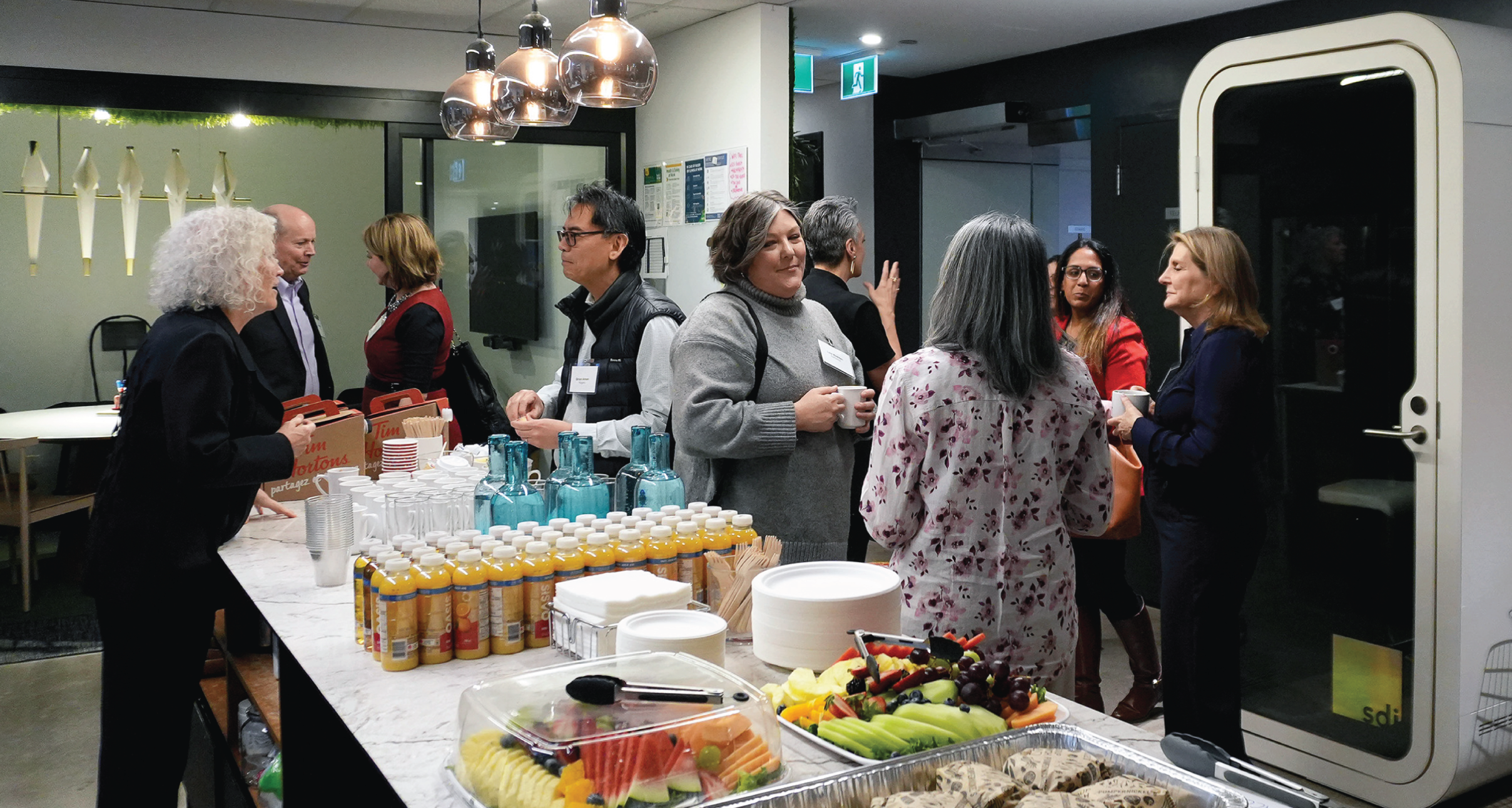Office space markets will never be the same, or will they? Are we staring into the office market abyss, or is this just a temporary blip? These and other unknowns have many of us questioning what does the future hold for office space in a post-COVID-19 world?
While the full impact of the coronavirus pandemic is far from known, it is already reasonable to expect office space markets will suffer a sizeable blow, at least in the short-term. A combination of lost revenues, a smaller workforce, and recessionary conditions, will all conspire to reduce the demand for office space.
Work From Home
With a global recession clearly underway, highlighted by the International Monetary Fund’s (IMF) recent pronouncement that the world economy was at a “near standstill”, companies across every industry and every region are aggressively cutting costs and preserving capital. In tandem, many, if not a vast majority of companies have adopted a work from home approach to keep their employees safe while keeping their businesses afloat. The results of this grand work-from-home experiment are far from known; however, the upshot of COVID-19 is companies that had long resisted a work-from-home program have now been forced to make a cultural shift towards remote working. In just a matter of weeks, working from home has gone from being the exception, to being very much the rule. To go mainstream in such a short period of time is truly remarkable. Employers who have long demanded employees be within eyesight, have been forced to adopt remote working in a manner and speed never thought possible. And now as the saying goes, “the genie is out of the bottle”. Now that the necessary technology infrastructure is in place, it is likely that many, if not all employees will at least be given the option to work remotely, even if only sporadically. The pros and cons of working from home can be debated endlessly, but what is without dispute is many companies have made the transition, and now the question is whether this will be a temporary measure, or something more permanent. To an extent the answer will depend on a variety of factors including industry, security concerns, and technological constraints, but early studies show working from home could go from the mid-single-digits to as much as 30% of the labor force.
Job Losses
Of perhaps more importance than the work-from-home shift is the devastation to the jobs market. Based on weekly jobless claims, employment losses are expected to be far in excess of recent downturns and can be expected to be seen across almost every industry and every region. A surge in joblessness is a feature of every recession, and this one will be no different, however the speed and breadth make this downturn unique, and as a result make it very difficult to make any sort of accurate forecast. Once the recovery takes hold, it is reasonable to assume most jobs will return, however, it is also reasonable to expect rehiring will be slow, and a hefty number of functions may never be refilled. Recessions have a habit of refocusing businesses on what functions are critical, and which functions are optional. In recent years where economic conditions were such that taking on extra staff was par for the course, the reality for the foreseeable future is hiring will be done very selectively. The jobs market is therefore likely to be highly challenging for an extended period, quite possibly into 2021 and even 2022.
Office Vacancies
With this background, and unemployment rates in developed economies such as the United States expected to more than triple and possibly reach 20%, it is not unreasonable to assume office vacancy rates will also sharply rise. Early projections suggest the US office vacancy rate could double from today’s 10%. With respect to timing, looking at past recessions may not be appropriate. Office leasing markets have tended to react slowly - two, three or even possibly four quarters after the onset of the economic slowdown. With the sharp and sudden deceleration in economic activity, and mass layoffs, particularly in serviced based industries, it is quite likely office markets in this cycle will react far more quickly than in past cycles. Second quarter results may show little change, however, third and fourth quarter vacancy rates will almost certainly be up by three or four percentage points.
Coworking
Rising vacancies will be further compounded by a significant restructuring within the serviced office sector. As rules around social distancing become the new normal, as well as a reluctance to be in more dense environments, shared-office operators will face a very challenging landscape. While the flexible office space segment is not expected to go away completely, a good number of shared-office operators are expected to return sizable amounts of space to the market and many are expected to cease operating.
Longer Term
This is all in the short to medium term. In the longer term the changes will be more nuanced. The Great Lockdown will come to an end, and the economy will get back on its feet, but companies will most likely take a long hard look at their real estate needs, at least until their balance sheets are fully restored and the outlook more certain. Longer term office space decisions will be made against a backdrop of possibly another pandemic, another shot to the system or a change in workforce patterns, and of course how to respond to employee concerns around health and safety. Demand by industry will also vary substantially. Some industries lend themselves to working remotely, while others require more face-to-face contact. This distinction will only become clearer as lockdowns get lifted and a degree of normalcy returns. A future world with most people working from home is highly unlikely, but a world where less work is done in the office is highly probable. A key challenge for real estate decision makers will be to determine how much space is required when office workers may only be in the office one or two days a week. As an adjunct to this question, after a recent preference to be downtown, will office users once again consider a non-urban location? Suburban office space with lower costs, the ability to drive, park and not take public transit could be viewed as a more attractive option.
Thoughts to Consider
- It is important to distinguish between the near-term outlook and longer-term outlook (post vaccine).
- Offices have long performed an important function, and it is very unlikely there will be a wholesale abandonment of traditional office space. However, there will be a substantial rethink of why offices exist, and how they can deliver more value in a digitally-enabled world.
- While many companies already had teams working remotely, it is reasonable to think the trend towards employees working further afield will only accelerate (exurban growth).
- Working from home is not without its challenges, but the potential cost savings through less office space, more flexibility for employees and reduced commuting costs cannot be overlooked.
- Public transit is likely to be avoided in the short-term putting stress on road and parking infrastructure, again making suburban office premises a more attractive option.
Closing Thoughts
Immediately after 9/11, few office tenants had any interest in the top floors, but after a period of time the attraction of being in high-rise space returned. The same is almost certain to happen with COVID-19 as speculation increases around whether office workers will ever return to the office. There will be a large question mark over the entire office market for some time; as to how much space companies need, where this space should be, and how it should be designed. Longer term, the necessary precautions will be put in place and office users will recognize the benefits of having a centralized place to make social connections, foster a corporate culture, and host face-to-face meetings.
This is the third in a series of Cresa Viewpoints covering the COVID-19 crisis.
Ross Moore leads Cresa’s Vancouver office, and is a real estate economist.
Download COVID-19: Trying to Make Sense of the Office Space Market.



